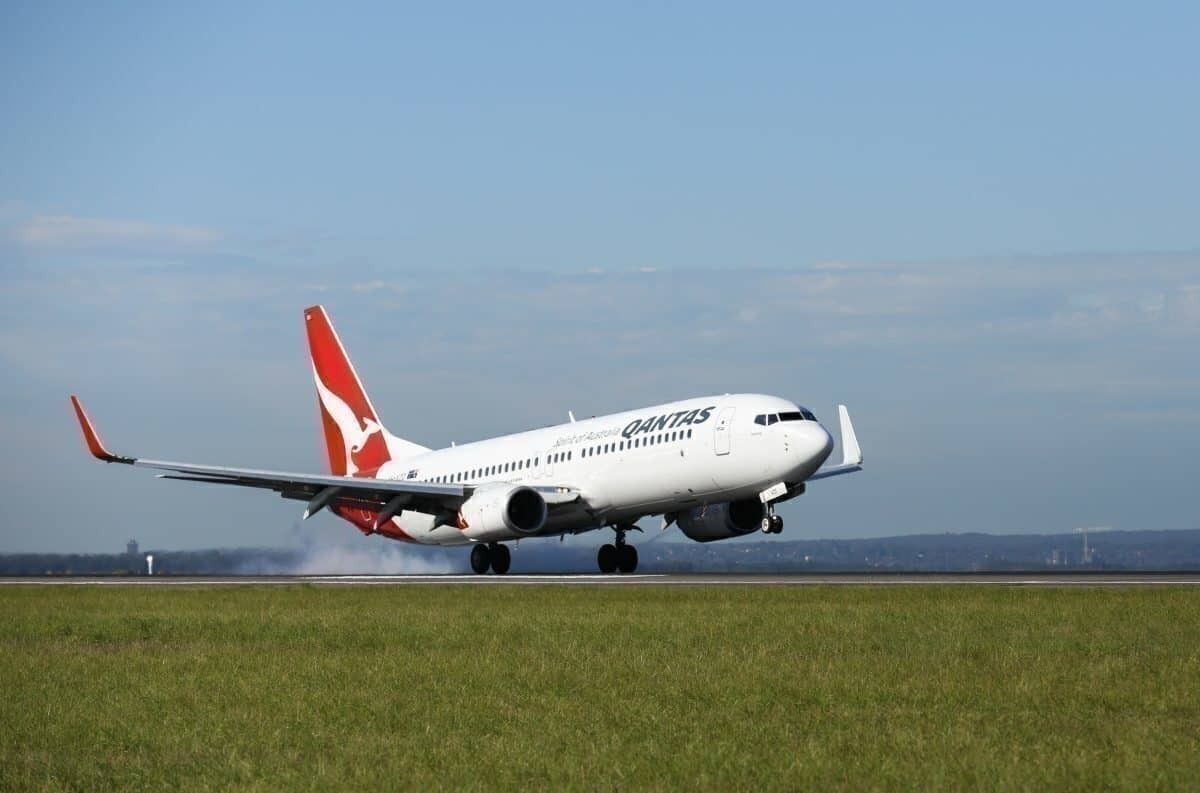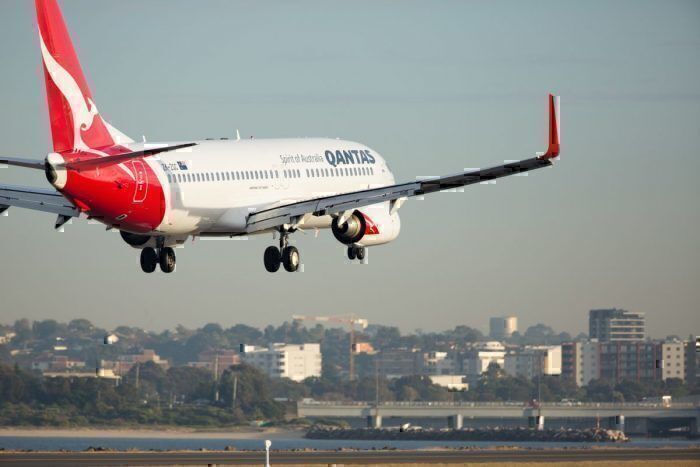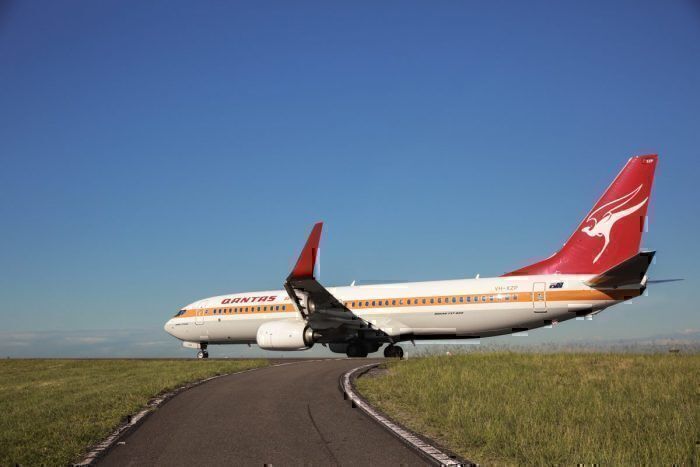Qantas has removed three Boeing 737-800 aircraft from service after hairline cracks were found in each aircraft’s pickle fork structure. By the start of the busy morning peak service in Australia on Friday, November 1, 2019, Qantas had inspected 33 of their 75 Boeing 737-800s. All the inspected aircraft had completed more than 22,600 flights. The third aircraft removed from service was VH-ZXF.
An emerging problem
In September 2019, a few older Boeing 737-800s in the United States were found to have cracks in their pickle forks. The FAA and Boeing recommended that all Boeing 737s that had flown more than 35,000 flights be inspected within seven days
The pickle fork is a primary part that links the plane’s fuselage to its wings. That said, it is not the only part that links the fuselage and wings. While pickle forks help manage stress between the fuselage and wings, it should be emphasized that even if a crack appeared right through the pickle fork, the wing would not detach from the fuselage. The hairline cracks are a serious but manageable issue.
An airworthiness directive issued regarding the cracked pickle forks noted that the condition could adversely affect the structural integrity of the aircraft and result in a loss of control, most likely during a heavy landing or turbulence.
Workhorses of the Qantas domestic fleet
The Boeing 737-800s are the workhorses of Qantas’ domestic and short-haul fleet. The first pickle fork crack in a Qantas 737-800 was found a week ago by engineers carrying out unrelated work. A crack in another aircraft was found two days ago and a crack in the third aircraft was found yesterday.
Cracks in pickle forks have been found in some older Boeing 737-800 aircraft belonging to other airlines. The oldest Qantas Boeing 737-800s have completed approximately 27,000 flights, less than the 30,000 threshold sparking inspections in other airlines’ fleets.
In a statement provided to Simple Flying, CEO of Qantas Domestic, Andrew David said;
“As people would expect with Qantas, we’ve gone above what was required to check our aircraft well ahead of schedule.
We would never fly an aircraft that wasn’t safe. Even where these hairline cracks are present they’re not an immediate risk, which is clear from the fact the checks were not required for at least seven months.”
Qantas says it has removed the three affected aircraft for repairs and will continue to keep an eye on all of its Boeing 737-800s in line with airworthiness directives. Australia’s aviation safety regulator, CASA, is comfortable with the Qantas position.
Engineers Union doubles down today
Yesterday, there were calls to ground the entire Qantas 737 fleet. Qantas slammed these as irresponsible. Mr David says;
“Unfortunately, there were some irresponsible comments from one engineering union yesterday, which completely misrepresented the facts.”
But this morning, Steve Purvinas, Federal Secretary of the Australian Licensed Aircraft Engineers Association doubled down on the Australian Broadcasting Corporation’s AM program, calling on Qantas to ground their Boeing 737-800s that had not yet been inspected, saying Qantas is putting passenger safety at risk, knowing there is a major problem that could affect the structural integrity of the aircraft.
“As of yesterday, Qantas did not know which aircraft were cracked and which weren’t, and they should not have put into the skies any aircraft that they didn’t know were structurally sound or not.”
When challenged that he was fear-mongering, given that Boeing, the FAA and CASA all say a grounding is unnecessary, Mr Purvinas said he had no confidence in Boeing and that they have a financial interest in seeing as few aircraft as possible grounded.
Has the FAA underestimated the problem?
Mr Purvinas argues that the FAA has underestimated the extent of the cracking in the pickle forks. Overnight, the Australian Licensed Aircraft Engineers Association called on the FAA to mandate inspections of all Boeing 737-800s that had completed over 25,000 flights.
When asked whether he accepted CASA’s position on Qantas’ management of the issue, Mr Purvinas said CASA lacked evidence, research and knowledge of the issue.
“ (It) is an indication of what we’ve been saying all along, that CASA is nothing more than a PR department for Qantas.”
Mr Purvinas has some form for being disruptive and trying to “scare” Qantas passengers. For its part, Qantas notes that it is working with both Boeing and CASA on the problem and expects to have the three affected aircraft back flying by the end of the year.



